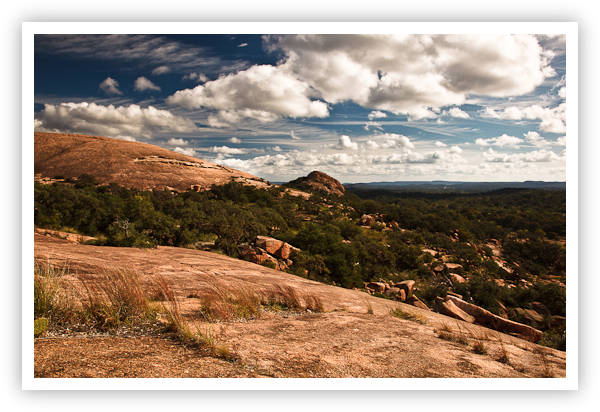We finally had some decent weather for a change and I spent the weekend doing two things that I love the most, learning and teaching. I stopped by Austin on my way to the Hill Country for a “head shot” (portrait) workshop by Kirk Tuck. It was a great class and I enjoyed every minute of it. Then I headed out to Pedernales Falls State Park to provide some one-on-one landscape coaching. Thankfully, the weather Saturday evening and Sunday morning was exceptional and we got some great shots of the falls and surrounding area. All in all, a very enjoyable weekend.
I’ve decided to spread my photographic wings a little in 2010 and spend some more time shooting people or at least including people in my landscape & nature work more often. This family was very accommodating after I offered some help in launching them from shore. Never seen a kayak this full of gear before. Must be gear lust affects more than just photographers these days.
Gone Fishing – Bastrop, Texas
Copyright © 2010 Jeff Lynch Photography
Shot taken with a Canon Powershot G10 set on aperture priority (Av) using a circular polarizer. The exposure was taken at 30mm, f/5.6 for 1/20th of a second at ISO 80. All post capture processing was done in Adobe’s Lightroom 3 Beta. Click on the image above for a larger version.









